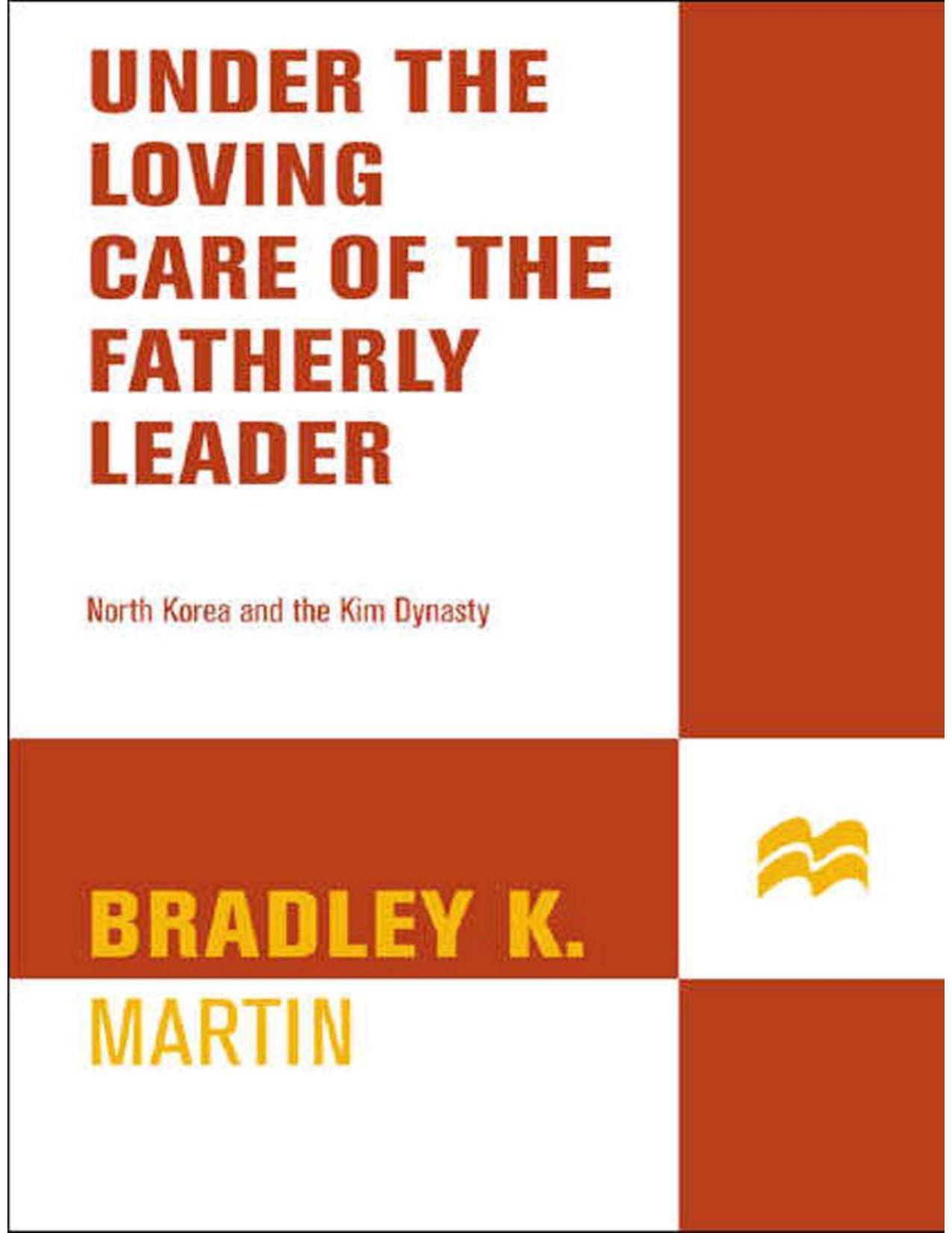Under the Loving Care of the Fatherly Leader by Martin Bradley K

Author:Martin, Bradley K. [Martin, Bradley K.]
Language: eng
Format: epub, pdf
Publisher: Thomas Dunne Books
Published: 2010-04-01T04:00:00+00:00
Several things occurred to heat up the North Korean nuclear issue further. In February 1991, a bilateral committee set up by the East-West Center in Honolulu and the Seoul Forum for International Affairs issued a recommendation that U.S. nuclear weapons could be removed from South Korea without endangering that country’s security. Members of the group included former high officials from both countries: a former chairman of the U.S. Joint Chiefs of Staff, a former South Korean defense minister, a former U.S. assistant secretary of state for Asia and the Pacific and a former South Korean ambassador to the United States. Their argument was that South Korea could remain under the American nuclear umbrella without having the weapons physically in South Korea, thanks to the development of longer-range, precision weapons. They also argued that there would be political advantages for the South in being able to say the weapons were not present. The United States, for its part, could continue its not always followed “NCND” (neither confirm nor deny) policy regarding the presence of nuclear weapons in South Korea. North Korea had been seeking to link the demands for IAEA inspection of its facilities to its own demand that U.S. nukes be withdrawn or inspected. The committee rejected that as an apples-and-oranges linkage, but at the same time appeared to recognize the public relations reality: it would be just as well not to have to try to explain to non-specialists why Kim’s proposal was off the mark if indeed there was no compelling military reason to keep the U.S. nukes on Korean soil.
To learn that public relations reality, one had only to visit a South Korean campus and talk to just about any student. The presence of U.S. troops, and their nuclear weapons, was a hot-button issue with them, but most knew or cared little about North Korean nukes. South Korea’s government had cried wolf so often about North Korean schemes for imminent conquest that young South Koreans simply ignored reports of North Korean nuclear weapons production. North Korea, long known for its heavy-handed propaganda, had learned to play skillfully on the nationalistic sentiments of South Korea’s young.
The North also had gotten its act together in propaganda directed outside Korea. An English-language booklet, “U.S. Nuclear Threat to North Korea,” was published in March 1991 in the name of a magazine called Korea Report, an organ of Pyongyang’s unofficial “embassy” in Tokyo, the International Affairs Bureau of the Central Standing Committee of the Chongryon. It was a thoroughly professional piece of research that read as if it might have been prepared by a Western scholar or peace activist. No author was listed, but I suspected that the Korean residents’ group or someone in Pyongyang acting through the group had commissioned just such a person to do it. There was one place where a reference to American “impudence” seemed to have been inserted by one of the old guard propagandists, but otherwise the document stuck to an unemotional approach that worked very well.
The booklet made the linkage argument about as persuasively as it could have been made.
Download
Under the Loving Care of the Fatherly Leader by Martin Bradley K.epub
Under the Loving Care of the Fatherly Leader by Martin Bradley K.pdf
This site does not store any files on its server. We only index and link to content provided by other sites. Please contact the content providers to delete copyright contents if any and email us, we'll remove relevant links or contents immediately.
| Arms Control | Diplomacy |
| Security | Trades & Tariffs |
| Treaties | African |
| Asian | Australian & Oceanian |
| Canadian | Caribbean & Latin American |
| European | Middle Eastern |
| Russian & Former Soviet Union |
The Secret History by Donna Tartt(16695)
The Social Justice Warrior Handbook by Lisa De Pasquale(11501)
Thirteen Reasons Why by Jay Asher(7816)
This Is How You Lose Her by Junot Diaz(5810)
Weapons of Math Destruction by Cathy O'Neil(5064)
Zero to One by Peter Thiel(4848)
The Myth of the Strong Leader by Archie Brown(4801)
Promise Me, Dad by Joe Biden(4464)
Beartown by Fredrik Backman(4453)
How Democracies Die by Steven Levitsky & Daniel Ziblatt(4437)
Stone's Rules by Roger Stone(4430)
The Fire Next Time by James Baldwin(4358)
100 Deadly Skills by Clint Emerson(4098)
A Higher Loyalty: Truth, Lies, and Leadership by James Comey(4047)
Rise and Kill First by Ronen Bergman(4032)
The David Icke Guide to the Global Conspiracy (and how to end it) by David Icke(3902)
The Farm by Tom Rob Smith(3887)
Secrecy World by Jake Bernstein(3796)
The Doomsday Machine by Daniel Ellsberg(3744)
